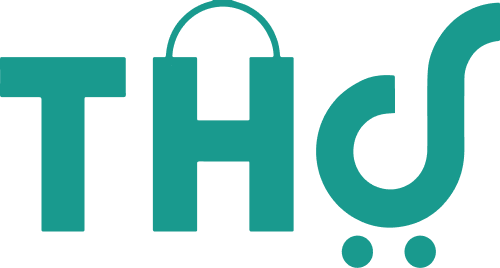The digital healthcare revolution has already started, and as consumers and providers explore for new and better ways to improve care, it will continue to gain speed in 2023. Businesses with excellent management teams, financial standing, and product offers are well-positioned to achieve enormous value.
Recent years have seen a boom in healthcare acquisitions, and this trend will continue. With the usage of AI, IoT, and data analytics, startups will continue to be at the forefront of innovation, particularly as data becomes the primary currency in the healthcare industry.
Here are few trends of future that you should keep an eye out for:
1.The return of Telehealth:
The COVID-19 pandemic sparked a telehealth boom in 2020. Since demand for virtual visits is higher than it was before the pandemic the telehealth sector has levelled up.
In all, telehealth utilisation has stabilised at levels 38 times greater than before the COVID-19 pandemic, ranging from 13% to 17% of visits across all specialties, according to a McKinsey research published in July.
This has in turn stimulated significant investment in virtual care businesses. According to the global communications and research company Mercom Capital Group, telehealth startups raised $4.2 billion worldwide.
Experts in the field claim that the telehealth sector is maturing and moving away from just urgent care visits to concentrate on more specialised care, or what some refer to as “telehealth 2.0,”
2. Wearable Gadget to monitor health:
As new hardware, software, and apps transform smart watches into personalised health clinics, more people are using them to check their health than just their running speed, according to Deloitte analysts.
Major firms in the healthcare industry are increasing their investments in the markets for linked and wearable devices. Current Health, a provider of connected devices and remote patient monitoring, was purchased by Best Buy for close to $400 million. Fitbit, a leading provider of fitness tracking devices, cost Google $2.1 billion. A $3.6 billion valuation was given to the tech company Whoop, which develops wearable fitness tracking technology. So you get it, wearable digital health gadgets are indeed the new normal.
3. Advanced Digital mental health apps:
The demand for virtual behavioural health services, such as mobile mental health apps, has increased due to stress and anxiety brought on by the health crisis. The digital mental health sector was already expanding quickly before the COVID-19 pandemic.
These apps have a big potential market. 11% of the world’s population, or close to 800 million people, suffer from a mental health disorder.
Global spending on mobile mental health applications is expected to top $500 million in 2023, according to Deloitte Global.
4. A.I. infused treatment:
By 2025, the market for AI-powered solutions in the healthcare sector is anticipated to reach $34 billion, meaning that this technology will affect practically every aspect of the sector.
Most patients associate medical AI with Japanese nurse robots. Another AI-based tool that patients are getting used to is chatbots and virtual health assistants. There are several roles that chatbots can play. By 2023, the market for healthcare chatbots will grow from $122 million to $314.3 million.
The Power of Healthcare in the palm of your Hand with Total Health Solutions.

